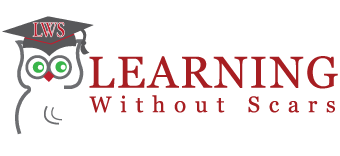A new reality continues apace. Everyone by now has been affected by “telemarketing” and I trust your tele-selling life has had a successful start. But, even with the sales aspect of the job, it is hard to hold onto a performance edge: to stay motivated and excited. The job, over time, gets to be too much of a routine.
We need to generate excitement and energy in the department. We need to operate with regular campaigns and promotions. Something special needs to be going on all the time. To do this, we need to inject campaigns and promotion planning into our sales forecasts and annual budget plans. Campaigns and promotions have to become an integral part of the life in a parts business.
We provide a structure to the campaign and promotion activities with the use of a Promotion Planning Tree (PPT). The PPT provides a road map of activities, and a check list, to ensure that we get everything right. It allows everyone to be involved in the development of the campaigns and promotions so that there is understanding of what it is we are aiming to do. It allows vigorous debate in the development of the campaigns and promotions so that everyone is involved in the programs. It brings back the excitement to the job.
